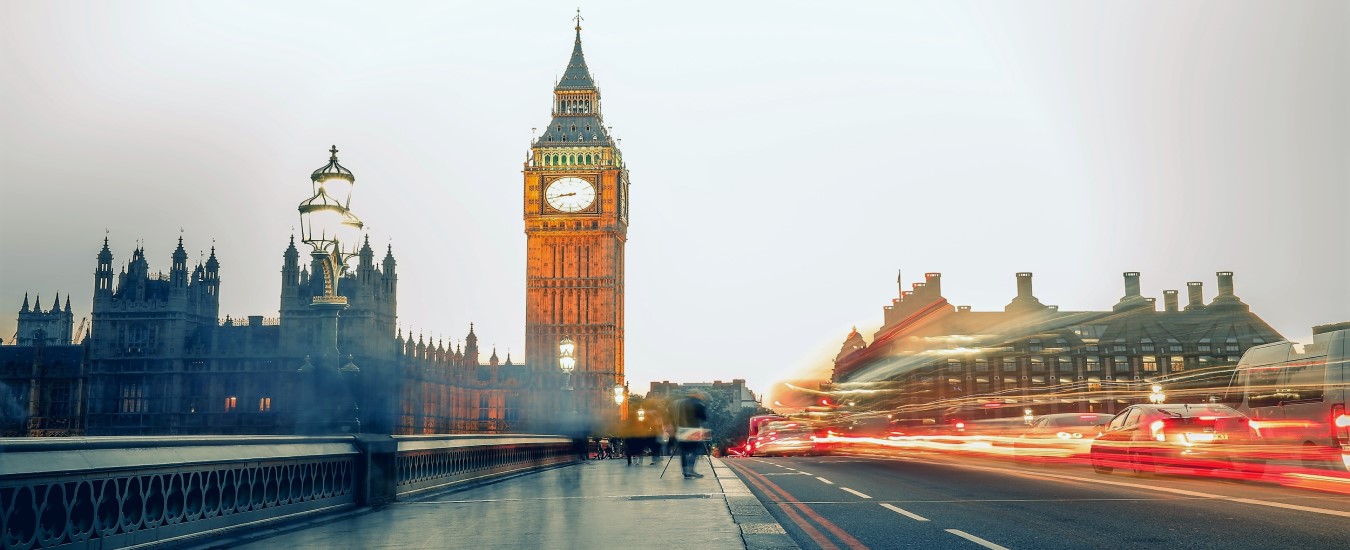
North America
& Caribbean |

South America
|

Africa
|

Asia
|
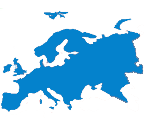
Europe
|

Australia &
Oceania |

Country Rankings
|

Beyond
Earth |
|
mail
ContactUs
|
|
info
AboutUs
|

Flag
National anthem

Coat of arms
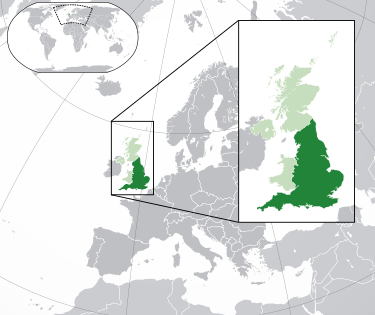
Country location map
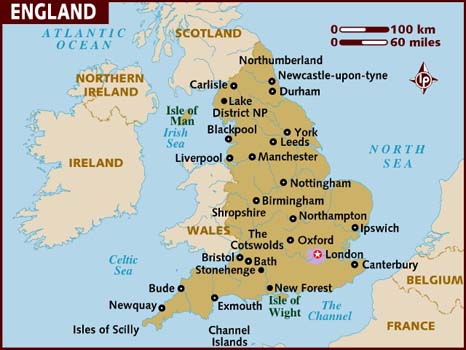
Country static map
Country dynamic (scrollable) map
Current weather & time
-
infoGeneral informationkeyboard_arrow_up
- Country common name: England
- Country official name: England
- Continent: Europe
- 3-Letter abbreviation: ENG
- 2-Letter abbreviation: UK
- Capital: London
- Major cities: 9.304 million LONDON (capital), 2.730 million Manchester, 2.607 million Birmingham, 1.889 million West Yorkshire, 1.663 million Glasgow, 928,000 Southampton/Portsmouth
- Currency: British pound (click for current conversion rates)
- Languages: English
- Motto: "God and my right"
- National holiday(s): the UK does not celebrate one particular national holiday
flagGovernmentkeyboard_arrow_up- Chief of state: King CHARLES III (since 8 September 2022); Heir Apparent Prince WILLIAM (son of the king, born 21 June 1982); note - CHARLES succeeded his mother, Queen ELIZABETH II, after serving as Prince of Wales (heir apparent) for over 64 years - the longest such tenure in British history
- Head of government: Prime Minister Keir STARMER (Labor) (since 5 July 2024)
- Government type: parliamentary constitutional monarchy; a Commonwealth realm
insert_photoCountry notes & photographskeyboard_arrow_up{"ops":[{"attributes":{"bold":true},"insert":"England"},{"insert":" is a country that is part of the "},{"attributes":{"bold":true},"insert":"United Kingdom"},{"insert":". It shares land borders with Wales to the west and Scotland to the north. The Irish Sea lies west of England and the Celtic Sea to the southwest. England is separated from continental Europe by the North Sea to the east and the English Channel to the south. The country covers five-eighths of the island of Great Britain, which lies in the North Atlantic, and includes over 100 smaller islands, such as the Isles of Scilly and the Isle of Wight. It is the largest country of the British Isles.\n\nThe area now called England was first inhabited by modern humans during the Upper Palaeolithic period, but takes its name from the Angles, a Germanic tribe deriving its name from the Anglia peninsula, who settled during the 5th and 6th centuries. England became a unified state in the 10th century, and since the Age of Discovery, which began during the 15th century, has had a significant cultural and legal impact on the wider world. The English language, the Anglican Church, and English law - the basis for the common law legal systems of many other countries around the world - developed in England, and the country's parliamentary system of government has been widely adopted by other nations. The Industrial Revolution began in 18th-century England, transforming its society into the world's first industrialized nation.\n\nEngland's terrain is chiefly low hills and plains, especially in central and southern England. However, there is upland and mountainous terrain in the north (for example, the Lake District and Pennines) and in the west (for example, Dartmoor and the Shropshire Hills). The capital is "},{"attributes":{"bold":true},"insert":"London"},{"insert":", which has the largest metropolitan area in both the United Kingdom and, prior to Brexit, the European Union. England's population of over 55 million comprises 84% of the population of the United Kingdom, largely concentrated around London, the South East, and conurbations in the Midlands, the North West, the North East, and Yorkshire, which each developed as major industrial regions during the 19th century.\n\nThe Kingdom of England - which after 1535 included Wales - ceased being a separate sovereign state on 1 May "},{"attributes":{"bold":true},"insert":"1707"},{"insert":", when the Acts of Union put into effect the terms agreed in the Treaty of Union the previous year, resulting in a political union with the Kingdom of Scotland to create the Kingdom of Great Britain. In 1801, Great Britain was united with the Kingdom of Ireland (through another Act of Union) to become the United Kingdom of Great Britain and Ireland. In 1922 the Irish Free State seceded from the United Kingdom, leading to the latter being renamed the United Kingdom of Great Britain and Northern Ireland.\n"}]}terrainGeographic informationkeyboard_arrow_up- Surface area (in km²): 243,610
- Highest point: Ben Nevis 1,345 m
- Neighboring countries: Ireland 499 km
- Neighboring seas and oceans: Atlantic Ocean
- Climate: temperate; moderated by prevailing southwest winds over the North Atlantic Current; more than one-half of the days are overcast
radioRadio stationskeyboard_arrow_upsupervised_user_circlePopulationkeyboard_arrow_up- Population: 65,761,117
- Population density (inhabitants per km²): 269.9
- Average age (in years): 40.6
- Life expectancy at birth (in years): 81.1
- Ethnicity: white 87.2%, black/African/Caribbean/black British 3%, Asian/Asian British
- Gross domestic product (GDP) per inhabitant (in US dollars): 44,300
- Cultural practices: It is considered rude to wave one's hand or to call when summoning a waiter at a restaurant.
local_diningPopular food & drinkskeyboard_arrow_up{"ops":[{"attributes":{"bold":true},"insert":"Fish and chips"},{"insert":" is a popular hot dish consisting of "},{"attributes":{"italic":true},"insert":"fried fish"},{"insert":" in"},{"attributes":{"italic":true},"insert":" crispy batter"},{"insert":", served with "},{"attributes":{"italic":true},"insert":"chips"},{"insert":". The dish originated in "},{"attributes":{"bold":true},"insert":"England"},{"insert":", where these two components had been introduced from separate immigrant cultures; it is not known who created the culinary fusion that became the "},{"attributes":{"bold":true},"insert":"emblematic British meal"},{"insert":". Often considered "},{"attributes":{"bold":true},"insert":"Britain's national dish"},{"insert":", fish and chips is a common take-away food in the United Kingdom and numerous other countries, particularly in English-speaking and Commonwealth nations. Fish and chip shops first appeared in the UK in the "},{"attributes":{"bold":true},"insert":"1860s"},{"insert":", and by 1910, there were over 25,000 fish and chip shops across the UK. By the 1930s there were over "},{"attributes":{"bold":true},"insert":"35,000 shops"},{"insert":", but the trend reversed, and by 2009 there were only approximately 10,000. The British government safeguarded the supply of fish and chips during the First World War, and again in the Second World War; it was one of the few foods in the UK not subject to rationing during the wars. Photo credit: Matthias Meckel.\n"}]}
{"ops":[{"insert":"A "},{"attributes":{"bold":true},"insert":"pork pie"},{"insert":" is a "},{"attributes":{"bold":true},"insert":"traditional English meat pie"},{"insert":", usually served either at room temperature or cold (although often served hot in Yorkshire). It consists of a filling of "},{"attributes":{"italic":true},"insert":"roughly chopped pork"},{"insert":" and "},{"attributes":{"italic":true},"insert":"pork fat"},{"insert":", surrounded by a layer of "},{"attributes":{"italic":true},"insert":"jellied pork stock"},{"insert":" in a "},{"attributes":{"italic":true},"insert":"hot water crust pastry"},{"insert":". It is normally eaten as a snack or with a salad.\nModern pork pies are a "},{"attributes":{"bold":true},"insert":"direct descendant of the raised meat pies of medieval cuisin"},{"insert":"e, which used a dense hot water crust pastry as a simple means of preserving the filling. In France the same recipes gave rise to the modern "},{"attributes":{"italic":true},"insert":"Pate en Croute"},{"insert":".\n"}]}
{"ops":[{"insert":"A "},{"attributes":{"bold":true},"insert":"cream tea"},{"insert":" (also known as a "},{"attributes":{"bold":true},"insert":"Devon cream tea"},{"insert":", "},{"attributes":{"bold":true},"insert":"Devonshire tea"},{"insert":", or "},{"attributes":{"bold":true},"insert":"Cornish cream tea"},{"insert":") is a form of "},{"attributes":{"bold":true},"insert":"afternoon tea"},{"insert":", consisting of tea served with a combination of "},{"attributes":{"italic":true},"insert":"scones"},{"insert":", "},{"attributes":{"italic":true},"insert":"clotted cream"},{"insert":" (or, less authentically, "},{"attributes":{"italic":true},"insert":"whipped cream"},{"insert":"), "},{"attributes":{"italic":true},"insert":"jam"},{"insert":", and sometimes "},{"attributes":{"italic":true},"insert":"butter"},{"insert":". Cream teas are sold in tea rooms throughout England, especially Devon and Cornwall, and in some other parts of the Commonwealth. The origin of the cream tea is disputed, although there is evidence to suggest that the tradition of eating bread with cream and jam existed at Tavistock Abbey in Devon in the 11th century. The earliest use of \"cream tea\" in the sense of the afternoon tea, as opposed to a cup of tea with cream in it, that the "},{"attributes":{"italic":true},"insert":"Oxford English Dictionary"},{"insert":" reports, is in the 1964 novel "},{"attributes":{"italic":true},"insert":"Picture of Millie"},{"insert":" by Philip Maitland Hubbard, \"We just bathe and moon about and eat cream teas.\" However, the \"Foods of England\" website has discovered an earlier newspaper cutting, "},{"attributes":{"italic":true},"insert":"The Cornishman"},{"insert":" of Thursday, 3 September 1931 (p. 8), which uses the phrase in what appears to be its modern sense.\n"}]}
{"ops":[{"attributes":{"bold":true},"insert":"Bitter "},{"insert":"is a "},{"attributes":{"bold":true},"insert":"classic British beer style"},{"insert":" used to describe cask-conditioned ales mainly sold in "},{"attributes":{"bold":true},"insert":"English "},{"insert":"and pubs throughout the United Kingdom. The style is quite versatile and includes brews of different color, strength, and flavor, but most examples have a malt-driven character, moderate hop bitterness, light to medium body, and low alcohol content. The group is usually classified into three sub-styles, which mainly differ in strength. Those include "},{"attributes":{"italic":true},"insert":"ordinary bitter"},{"insert":" (3.2 to 3.8% ABV), "},{"attributes":{"italic":true},"insert":"best bitter"},{"insert":" (3.8 to 4.6 ABV), and "},{"attributes":{"italic":true},"insert":"strong bitter"},{"insert":" or "},{"attributes":{"italic":true},"insert":"extra special bitter"},{"insert":" (4.8% ABV and over).\n"}]}
local_post_officePostage stampskeyboard_arrow_up{"ops":[{"attributes":{"bold":true},"insert":"Penny Black"},{"insert":" was the "},{"attributes":{"bold":true},"insert":"world's first adhesive postage stamp"},{"insert":" used in a public postal system. It was first issued in the United Kingdom on "},{"attributes":{"bold":true},"insert":"1 May 1840"},{"insert":" but was not valid for use until 6 May. The stamp features a profile of Queen Victoria. In 1837, British postal rates were high, complex and anomalous. To simplify matters,"},{"attributes":{"bold":true},"insert":" Sir Rowland Hill"},{"insert":" proposed an adhesive stamp to indicate "},{"attributes":{"bold":true},"insert":"pre-paymen"},{"insert":"t of postage. At the time it was normal for the recipient to pay postage on delivery, charged by the sheet and on distance traveled. By contrast, the Penny Black allowed letters of up to 1â„2 "},{"attributes":{"bold":true},"insert":"ounce (14 grams)"},{"insert":" to be delivered at a flat rate of one penny, regardless of distance. On 13 February 1837, Sir Rowland Hill proposed to a government enquiry both the idea of a pre-paid stamp and apre-paid envelope, a separate sheet folded to form an enclosure for carrying letters. Hill was given a two-year contract to run the new system, and together with Henry Cole he announced a competition to design the stamps. Out of some 2,600 entries, none was considered suitable, however, so a rough design endorsed by Hill was chosen instead, featuring an easily recognizable profile of Queen Victoria. Hill believed this would be difficult to forge. All British stamps still bear a portrait or silhouette of the monarch somewhere on the design. The first stamps did not need to show the issuing country, so "},{"attributes":{"bold":true},"insert":"no country name"},{"insert":" was included on them. The UK remains the only country in the world to omit it.\n"}]}
{"ops":[{"attributes":{"bold":true},"insert":"2022"},{"insert":" marks the 60th anniversary of the founding of the "},{"attributes":{"bold":true},"insert":"Rolling Stones"},{"insert":", and Britain's Royal Mail is celebrating the iconic rock group's special milestone with a set of postage stamps. The 12 stamps depict the "},{"attributes":{"bold":true},"insert":"˜World's Greatest Rock and Roll Band’"},{"insert":" over the decades. Eight stamps feature the Stones in performance”from their appearance at London's Hyde Park in 1969 to a concert at New Jersey's East Rutherford in 2019. Formed in "},{"attributes":{"bold":true},"insert":"1962"},{"insert":", the Stones recorded such memorable songs such as (I Can't Get No) Satisfaction, Ruby Tuesday, Under My Thumb, Sympathy for the Devil and Jumpin Jack Flash under the classic lineup of "},{"attributes":{"bold":true},"insert":"Mick Jagger"},{"insert":", "},{"attributes":{"bold":true},"insert":"Keith Richards"},{"insert":", "},{"attributes":{"bold":true},"insert":"Charlie Watts"},{"insert":", "},{"attributes":{"bold":true},"insert":"Brian Jones"},{"insert":" and "},{"attributes":{"bold":true},"insert":"Bill Wyman"},{"insert":". Then with Mick Taylor and later Wood, the band continued to have more hits from the 1970s onwards with Tumbling Dice, It's Only Rock 'n Roll (But I Like It), Miss You, Start Me Up and Mixed Emotions. Their albums, including "},{"attributes":{"italic":true},"insert":"Beggars Banquet"},{"insert":", "},{"attributes":{"italic":true},"insert":"Let It Bleed"},{"insert":","},{"attributes":{"italic":true},"insert":" Sticky Fingers"},{"insert":", "},{"attributes":{"italic":true},"insert":"Some Girls"},{"insert":" and "},{"attributes":{"italic":true},"insert":"Tattoo You"},{"insert":", have often appeared on best-of-all-time rankings.\n"}]}
{"ops":[{"insert":"The"},{"attributes":{"italic":true,"bold":true},"insert":" "},{"attributes":{"bold":true},"insert":"2020"},{"insert":" "},{"attributes":{"bold":true},"insert":"Classic Video Games"},{"insert":" commemorative postage set features the above "},{"attributes":{"italic":true,"bold":true},"insert":"Sensible Soccer"},{"insert":" stamp. Often called "},{"attributes":{"italic":true,"bold":true},"insert":"Sensi"},{"insert":", it is an "},{"attributes":{"bold":true},"insert":"association football video game"},{"insert":" series which was highly popular in the early "},{"attributes":{"bold":true},"insert":"1990s "},{"insert":"and which still retains a cult following. It was developed by "},{"attributes":{"bold":true},"insert":"Sensible Software"},{"insert":" and first released for Amiga and Atari ST computers in "},{"attributes":{"bold":true},"insert":"1992 "},{"insert":"as well as for the PC. The series was created by Jon Hare and Chris Yates, as a successor to their previous football game "},{"attributes":{"italic":true},"insert":"MicroProse Soccer"},{"insert":" (1988), which in turn was inspired by the arcade video game"},{"attributes":{"italic":true},"insert":" Tehkan World Cup"},{"insert":" (1985).\n"}]}
{"ops":[{"insert":"The first stamps featuring "},{"attributes":{"bold":true},"insert":"King Charles III"},{"insert":" were issued in "},{"attributes":{"bold":true},"insert":"2023"},{"insert":" by the "},{"attributes":{"bold":true},"insert":"Royal Mai"},{"insert":"l, the British postal service. his head "},{"attributes":{"bold":true},"insert":"bare"},{"insert":", looking to the "},{"attributes":{"bold":true},"insert":"left. "},{"insert":"The standard first-class stamp features the portrait on a plain purple background. Delighted that the Royal Mail will be using my effigy of King Charles for their definitive stamps, "},{"attributes":{"bold":true},"insert":"designer Martin Jennings"},{"insert":" tweeted, adding that the portrait was first created for the new coins featuring the monarch. The image of the King is an adapted version of the portrait created by Martin Jennings for the new UK coinage. The stamps went on general sale from April 4, 2023. he guidance we were given was not to try to be too clever or to veer off into some different direction but very much to keep that traditional image that we're all very much used to, David Gold, director of external affairs and policy at the Royal Mail, said, according to Reuters. Queen Victoria was the first monarch to appear on a postage stamp, appearing on the world's first ever stamp, known as the "},{"attributes":{"bold":true},"insert":"Penny Black"},{"insert":", in "},{"attributes":{"bold":true},"insert":"1840"},{"insert":". Five other British monarchs have featured on stamps since then, most recently "},{"attributes":{"bold":true},"insert":"Queen Elizabeth II"},{"insert":", whose portrait became an iconic image, reproduced by artists such as Andy Warhol. Coins featuring King Charles III entered circulation in December 2022, while new banknotes are expected to be in use by mid-2024 as the UK begins introducing the new King's image following his mother's death in September.\n"}]}
tap_and_playTelephone & Internet communicationkeyboard_arrow_up- Country international telephone code: +44
- Local emergency telephone number(s): 112, 999
- Internet code: .uk
- Number of Internet users: 65,324,454
- Percentage of Internet-connected population: 99.3%
gradeAlso useful to knowkeyboard_arrow_up- Vaccinations: For recommendations please refer to the World Health Organization (WHO), or the U.S. Centers for Disease Control (CDC) websites.
- Potable/drinkable water: Yes
- International driving permit: Suggested
- Road driving side: Left
-
Electricity/Voltage/Plug type(s):
230 V / 50 Hz / plug type(s): G
keyboard_arrow_leftkeyboard_arrow_right10
-
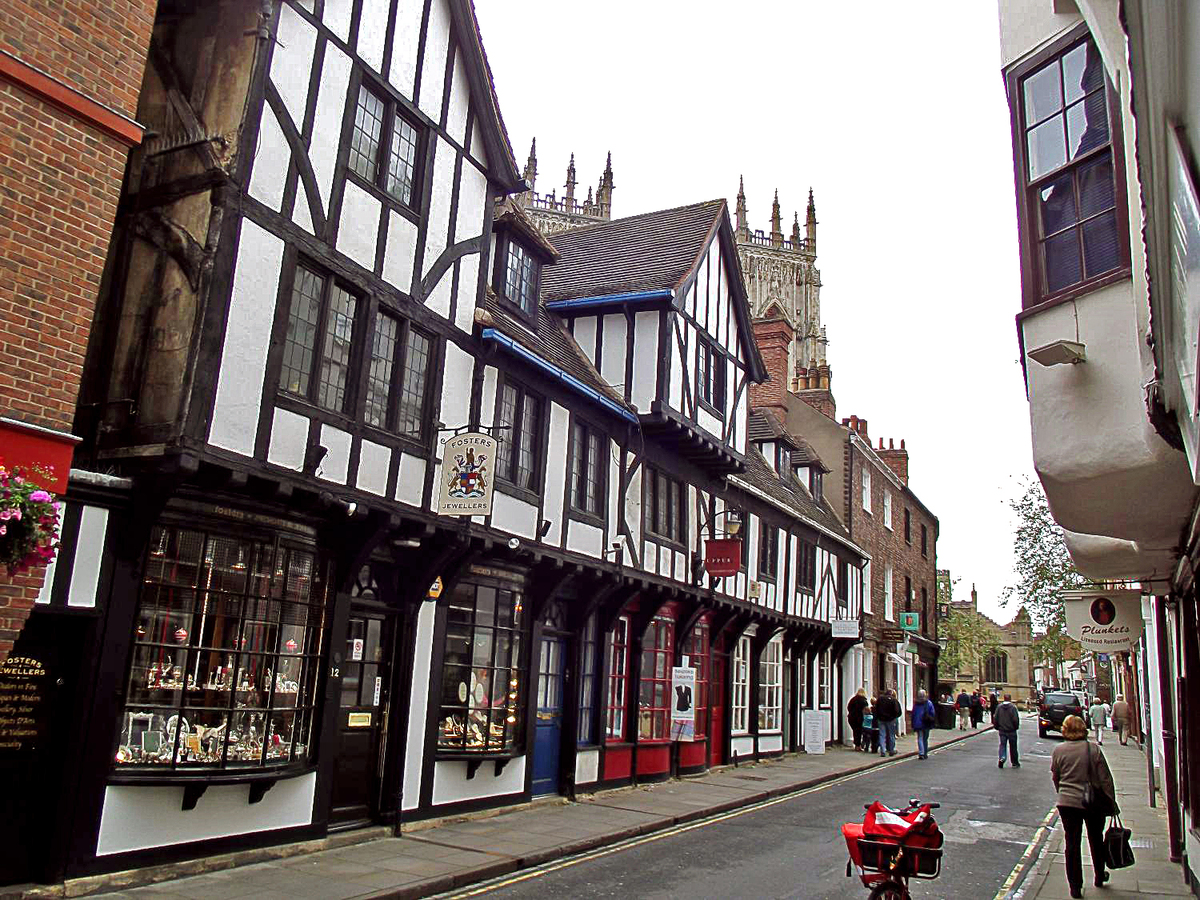
{"ops":[{"insert":"Many of the timber-framed buildings in "},{"attributes":{"bold":true},"insert":"York"},{"insert":" have been restored and converted to restaurants, shops, or boutiques.\n"}]}
-
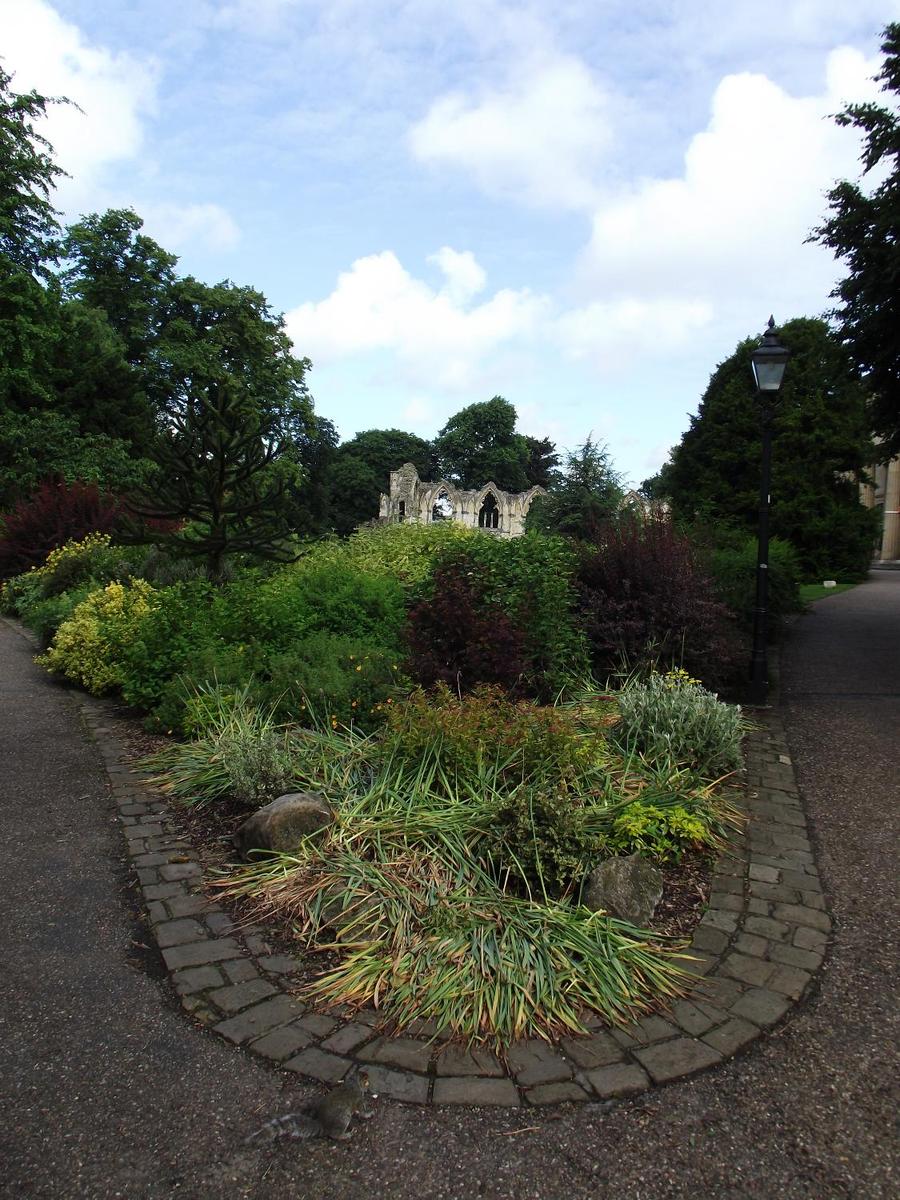
{"ops":[{"insert":"Ruins of "},{"attributes":{"bold":true},"insert":"St. Mary's Abbey"},{"insert":" in the garden adjoining the Yorkshire Museum in "},{"attributes":{"bold":true},"insert":"York"},{"insert":". The former Benedictine abbey was the richest in northern England; it was "},{"attributes":{"bold":true},"insert":"destroyed"},{"insert":" on orders of "},{"attributes":{"bold":true},"insert":"Henry VIII"},{"insert":" during the \""},{"attributes":{"bold":true},"insert":"Dissolution of the Monasteries"},{"insert":"\" in the "},{"attributes":{"bold":true},"insert":"16th century"},{"insert":".\n"}]}
-
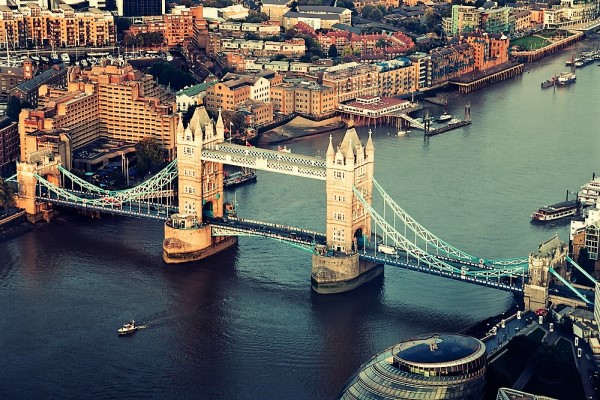
{"ops":[{"attributes":{"bold":true},"insert":"Tower Bridge"},{"insert":" is a combined bascule and suspension bridge in "},{"attributes":{"link":"https://cyberspace23.com/quote.php?type=tag&id=772&cat=Quote%20of%20the%20Week#cdm-recipe-listings-start"},"insert":"London"},{"insert":", built between 1886 and 1894. The bridge crosses the River Thames close to the Tower of "},{"attributes":{"link":"https://cyberspace23.com/quote.php?type=tag&id=772&cat=Quote%20of%20the%20Week#cdm-recipe-listings-start"},"insert":"London "},{"insert":"and has become an iconic symbol of "},{"attributes":{"link":"https://cyberspace23.com/quote.php?type=tag&id=772&cat=Quote%20of%20the%20Week#cdm-recipe-listings-start"},"insert":"London"},{"insert":".\n"}]}
-
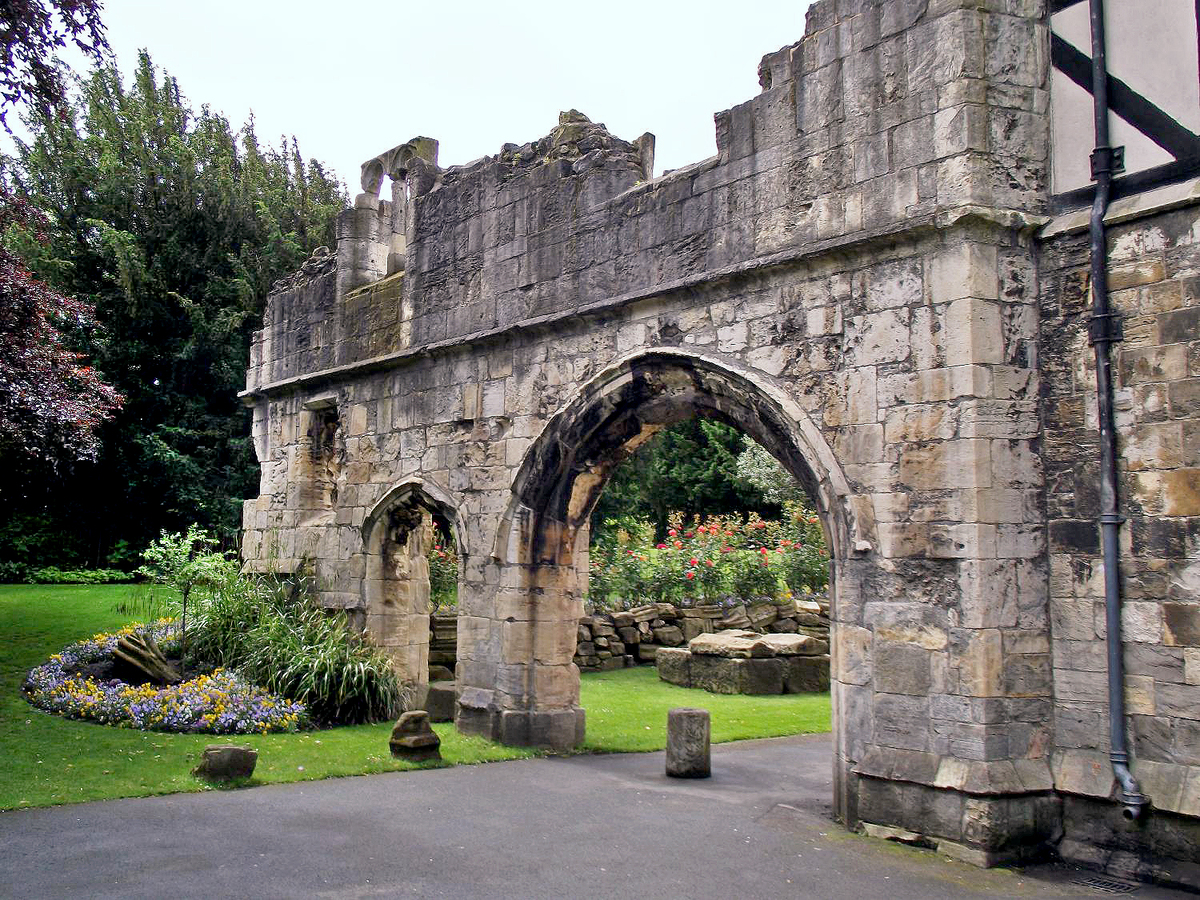
{"ops":[{"insert":"Ruins in the Museum Gardens adjacent to the Yorkshire Museum in "},{"attributes":{"bold":true},"insert":"York"},{"insert":".\n"}]}
-

{"ops":[{"attributes":{"bold":true},"insert":"Stonehenge"},{"insert":" is an enigmatic prehistoric monument in Wiltshire. Archaeologists believe it was constructed from 3,000 BC to 2,000 BC.\n"}]}
-
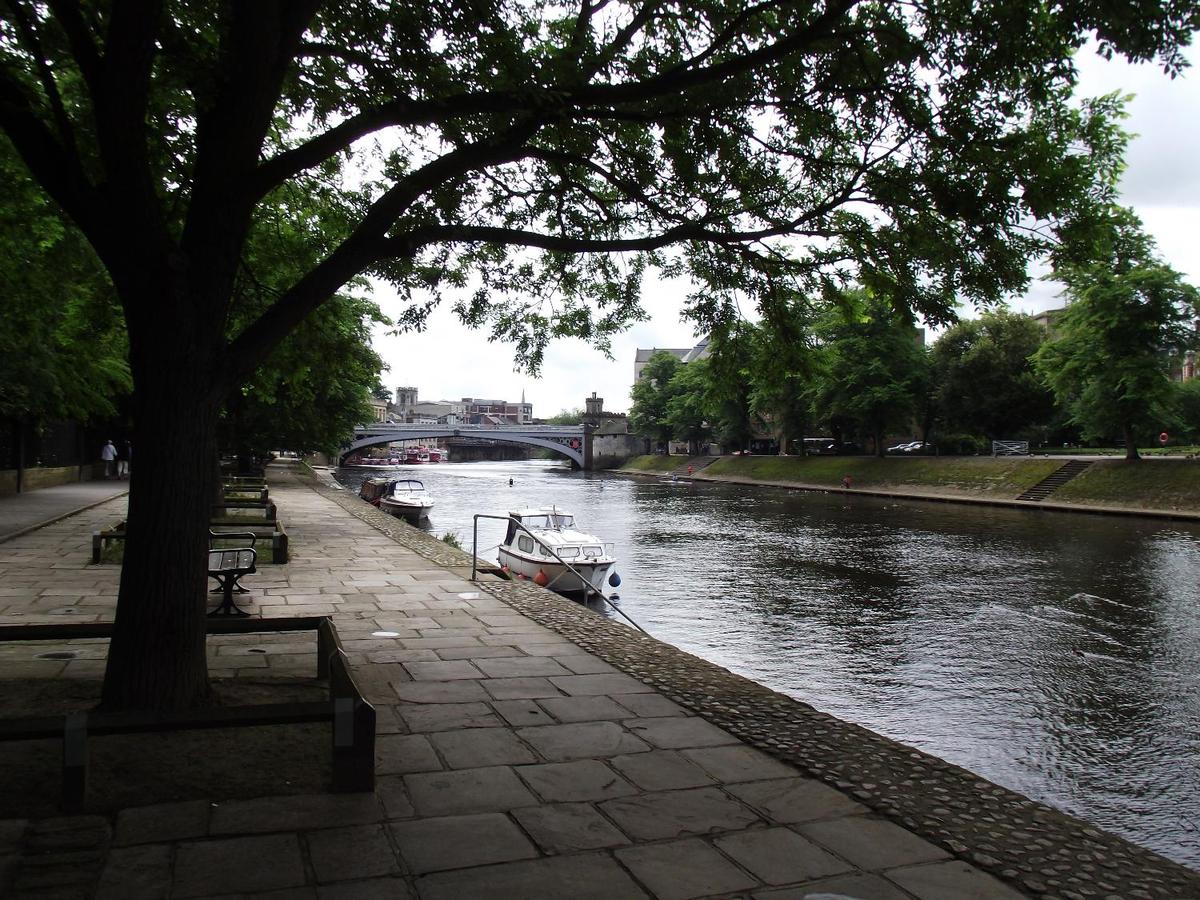
{"ops":[{"insert":"Promenade along the "},{"attributes":{"bold":true},"insert":"River Ouse"},{"insert":" in "},{"attributes":{"bold":true},"insert":"York"},{"insert":". Lendal Bridge appears in the background.\n"}]}
-
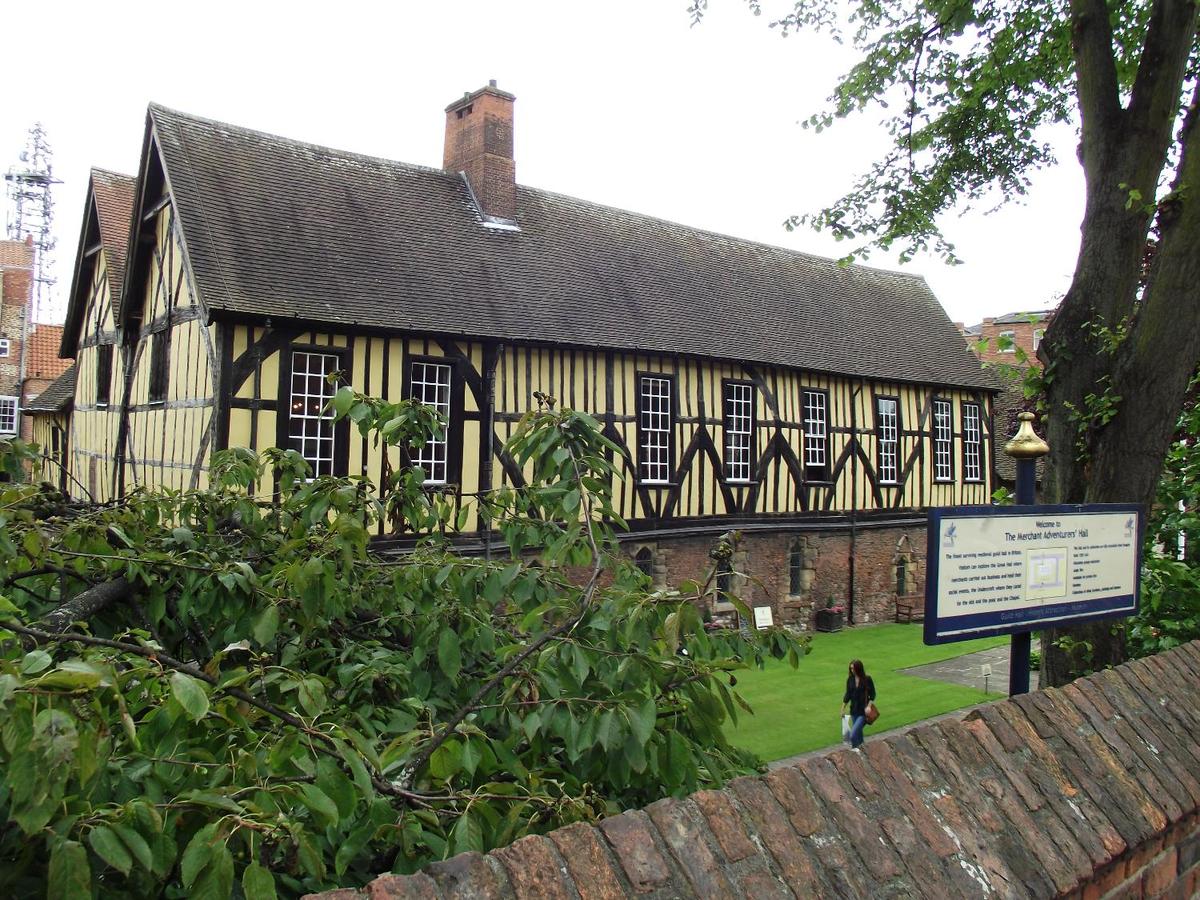
{"ops":[{"insert":"The "},{"attributes":{"bold":true},"insert":"Merchant Adventurers' Hall"},{"insert":" was one of the most important buildings in "},{"attributes":{"bold":true},"insert":"medieval York"},{"insert":". The majority of the structure was built in "},{"attributes":{"bold":true},"insert":"1357"},{"insert":"; its Great Hall was where merchants gathered to conduct business and socialize, while its Undercroft served as a hospital and almshouse for the poor. The Merchant Adventurers today no longer conduct mercantile activities but are a"},{"attributes":{"bold":true},"insert":" charitable group"},{"insert":". The Hall is the "},{"attributes":{"bold":true},"insert":"largest timber-framed building"},{"insert":" in the UK still standing and used for its original purpose.\n"}]}
-
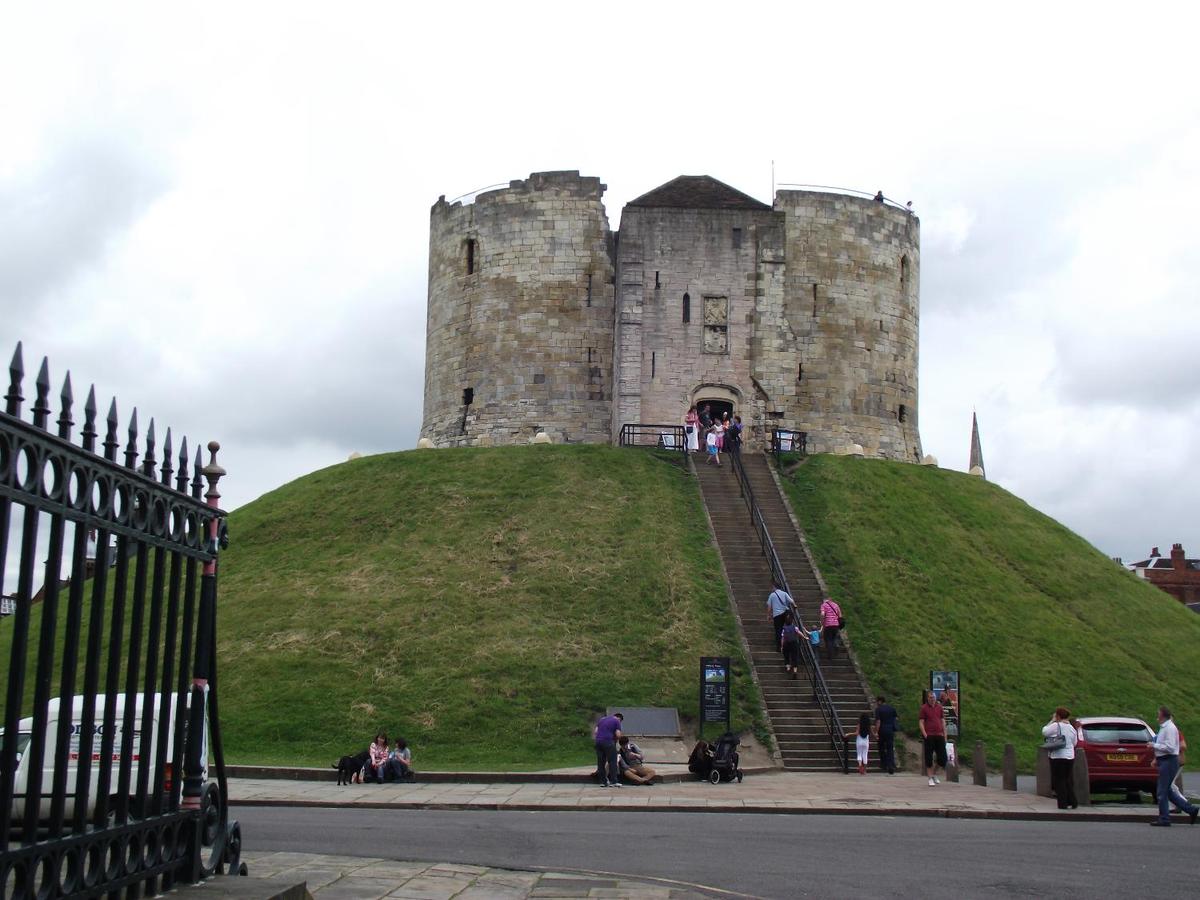
{"ops":[{"insert":"The ruined keep of the medieval "},{"attributes":{"italic":true},"insert":"Norman castle "},{"insert":"in York is referred to as"},{"attributes":{"bold":true},"insert":" Clifford's Towe"},{"insert":"r.\n"}]}
-
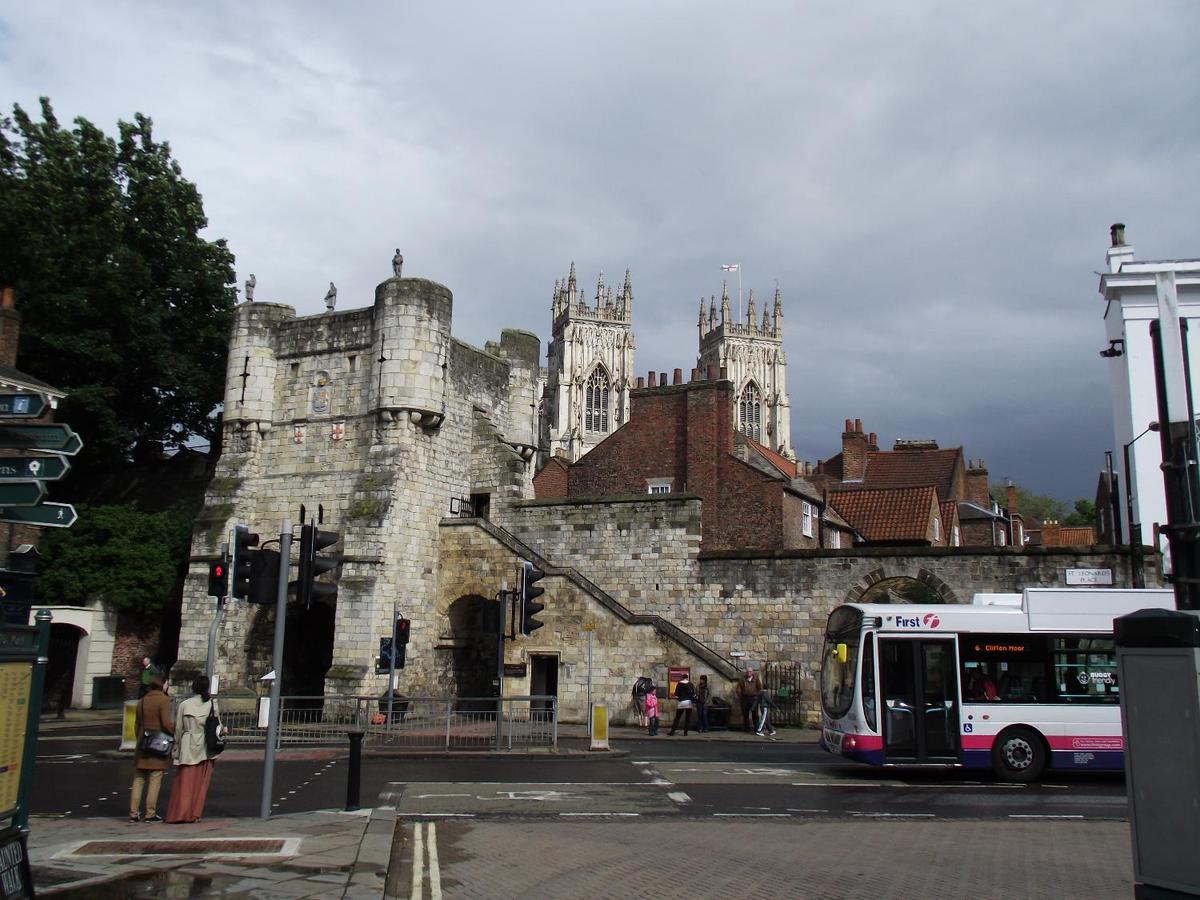
{"ops":[{"insert":"Much of York's ancient walls still survive; they are punctuated by four main "},{"attributes":{"bold":true},"insert":"gatehouses"},{"insert":" (referred to as \""},{"attributes":{"bold":true},"insert":"bars"},{"insert":"\"). "},{"attributes":{"bold":true},"insert":"Bootham Bar"},{"insert":" has some of the oldest surviving stonework - dating to the "},{"attributes":{"bold":true},"insert":"11th century"},{"insert":" "},{"attributes":{"bold":true},"insert":"A.D"},{"insert":". It was built almost exactly on the site of the northwestern gate of "},{"attributes":{"bold":true},"insert":"Eboracum"},{"insert":", the "},{"attributes":{"italic":true},"insert":"Roman settlemen"},{"insert":"t that evolved into "},{"attributes":{"bold":true},"insert":"York"},{"insert":". This view, taken from Exhibition Square, shows "},{"attributes":{"bold":true},"insert":"York Minster"},{"insert":", the city's "},{"attributes":{"italic":true},"insert":"famous cathedral"},{"insert":", in the background.\n"}]}
-
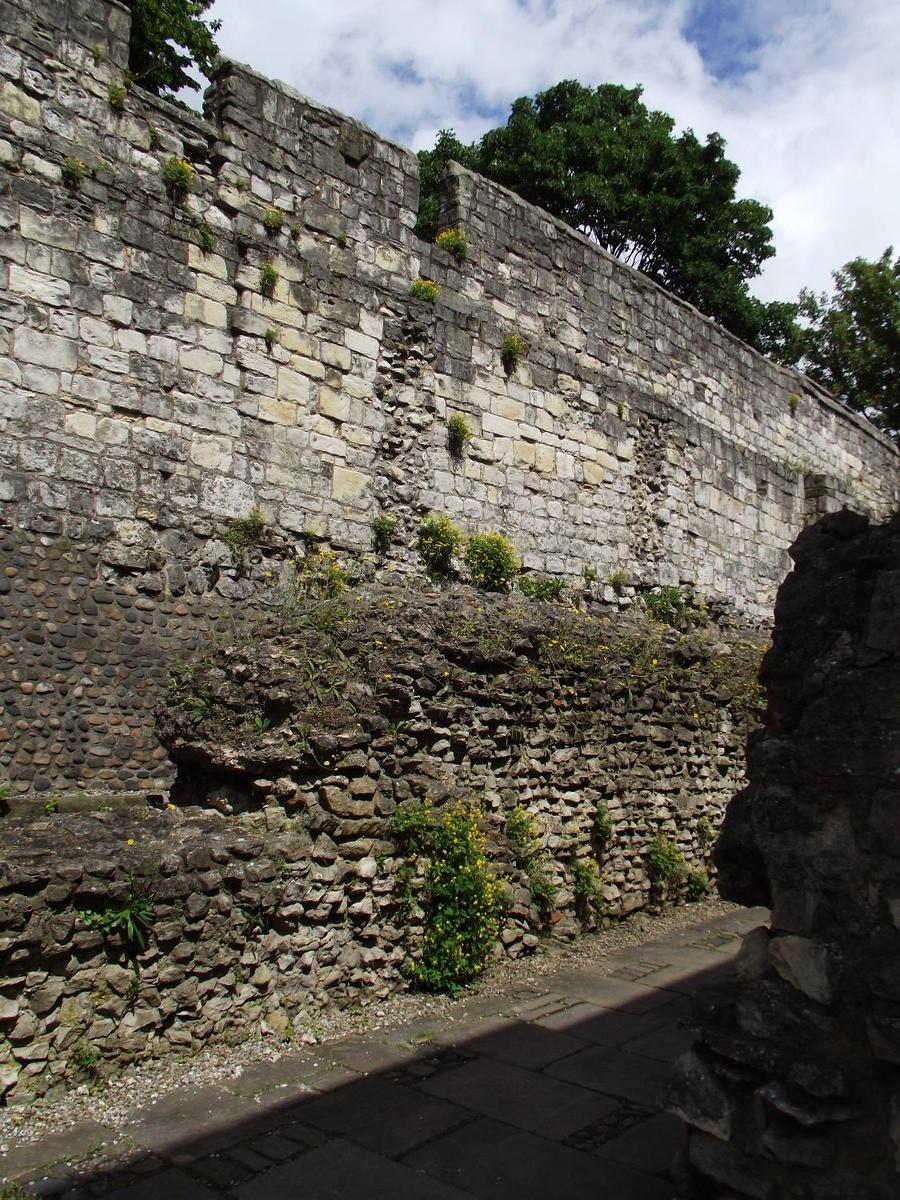
{"ops":[{"insert":"Substantial portions of York's city walls have been preserved. Although the Romans first constructed walls around the city (which they called "},{"attributes":{"bold":true},"insert":"Eboracum"},{"insert":"), most of the current walls date to "},{"attributes":{"italic":true},"insert":"medieval "},{"insert":"(12th-14th century) "},{"attributes":{"italic":true},"insert":"times"},{"insert":".\n"}]}
-
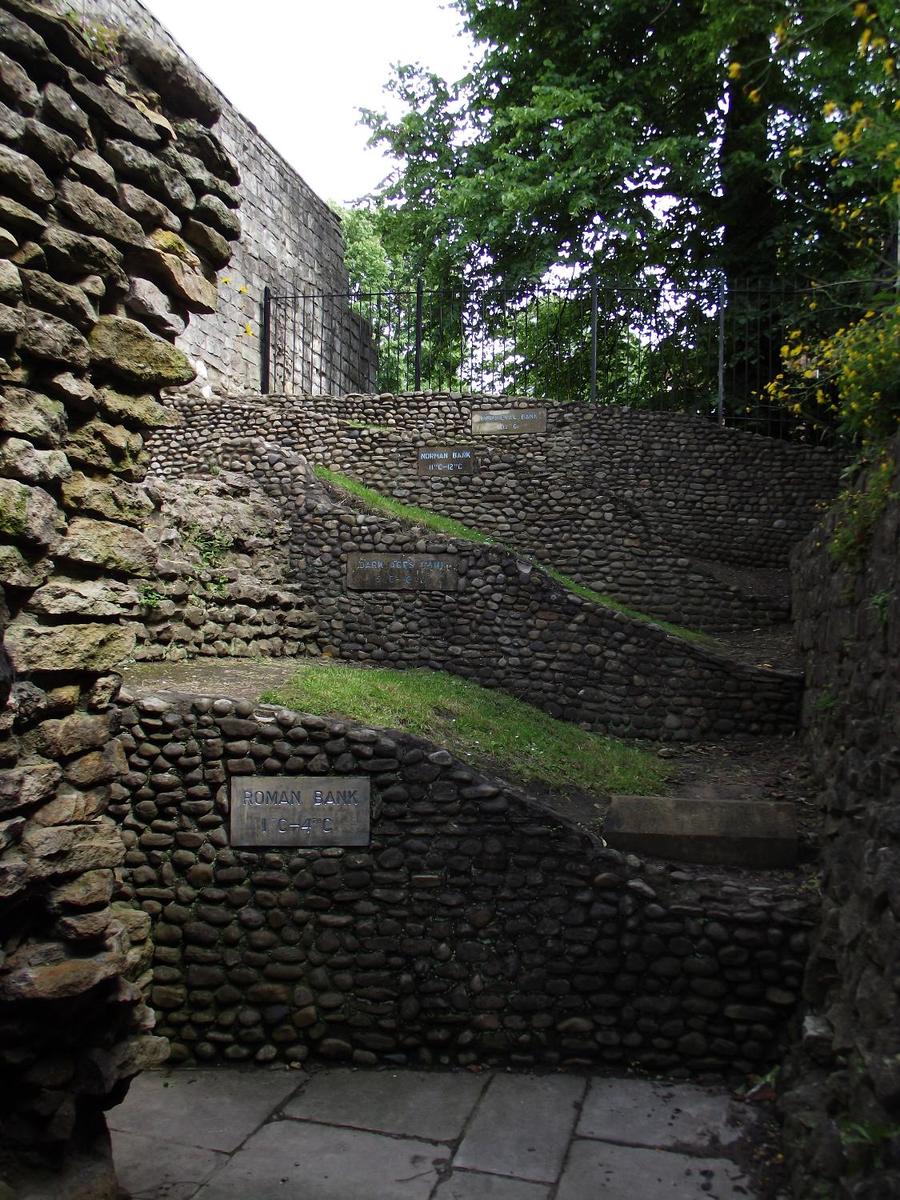
{"ops":[{"insert":"Layers showing the build up of "},{"attributes":{"bold":true},"insert":"York's defenses"},{"insert":" through the ages.\n"}]}
-
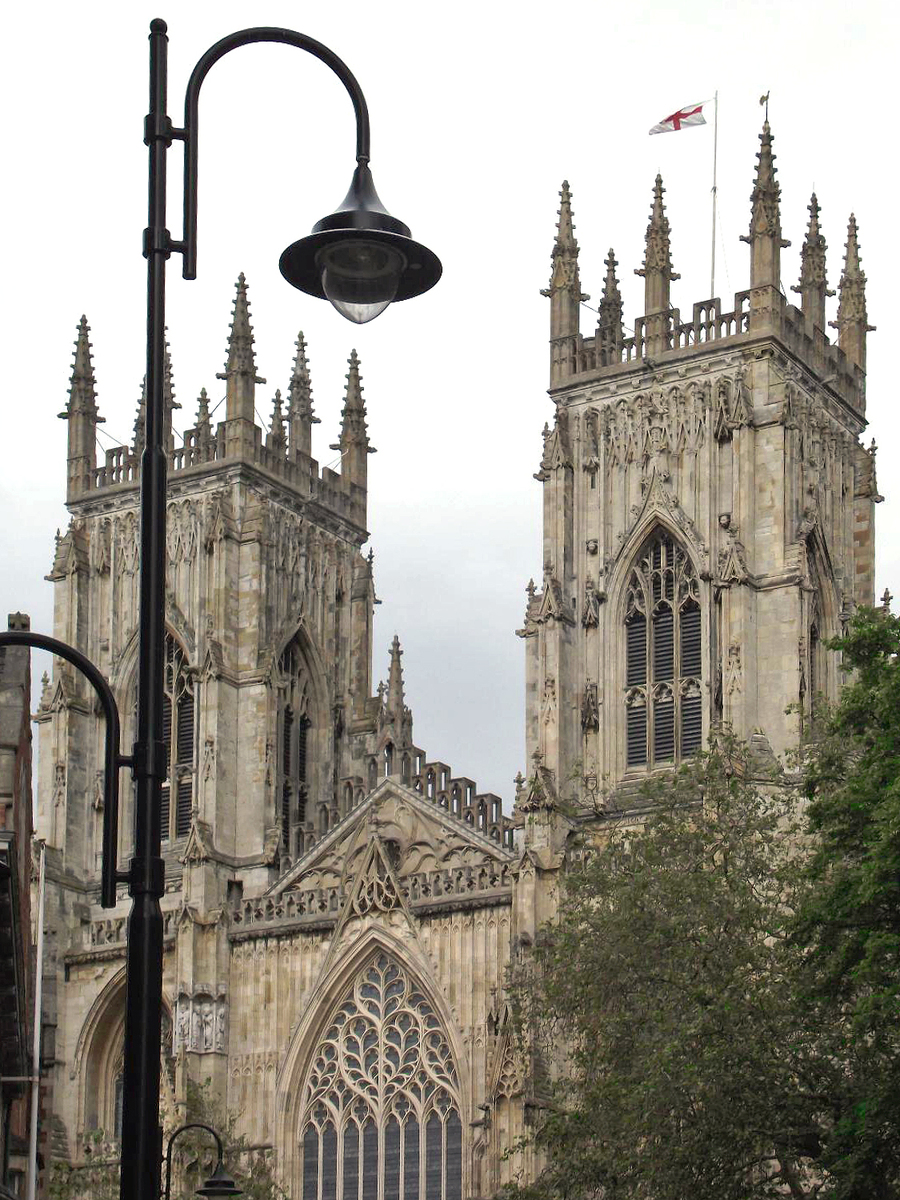
{"ops":[{"insert":"A view of the towers on the western front of "},{"attributes":{"bold":true},"insert":"York Minster"},{"insert":". Construction on this "},{"attributes":{"italic":true},"insert":"Gothic cathedra"},{"insert":"l, one of the largest in northern Europe, began in "},{"attributes":{"bold":true},"insert":"1220"},{"insert":"; it was not completed until "},{"attributes":{"bold":true},"insert":"1472"},{"insert":".\n"}]}
-
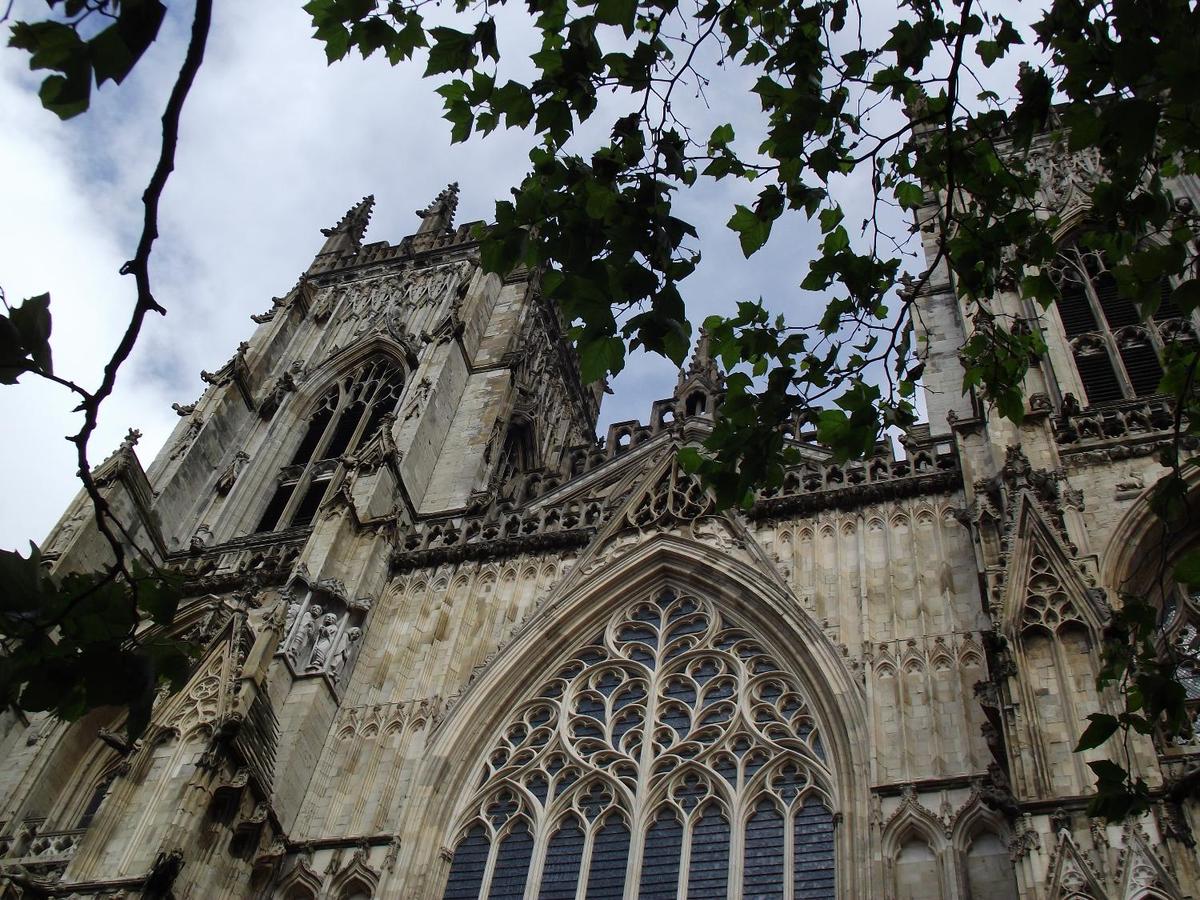
{"ops":[{"insert":"A closer view of the front facade of "},{"attributes":{"bold":true},"insert":"York Minster"},{"insert":", whose formal title is \"The Cathedral and Metropolitical Church of St. Peter in York.\"\n"}]}
-
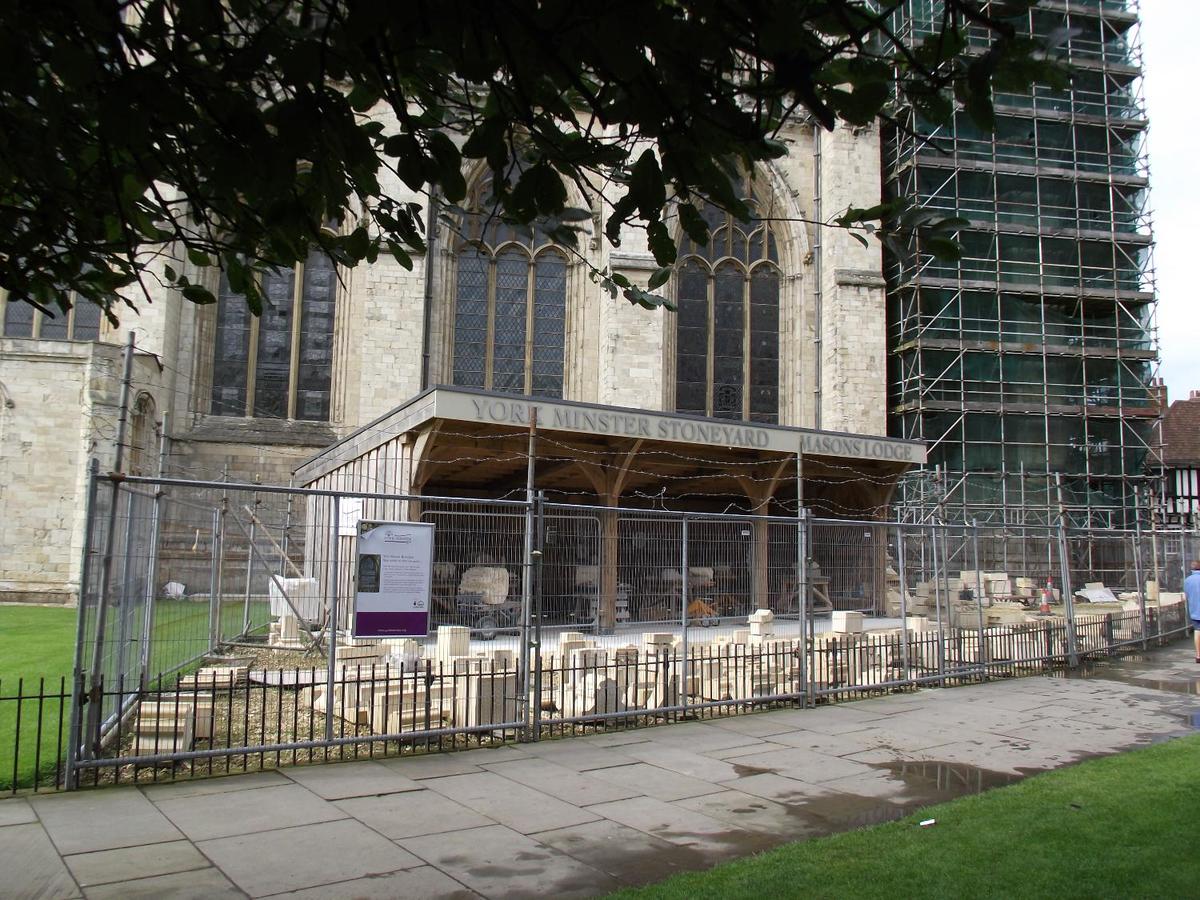
{"ops":[{"insert":"Time, weather, and pollution have all taken their toll on the carvings decorating the exterior of "},{"attributes":{"bold":true},"insert":"York Minster"},{"insert":". Sections of the cathedral continue to undergo "},{"attributes":{"bold":true},"insert":"restoration"},{"insert":". Replacement stonework is fashioned in a special stoneyard next to the cathedral.\n"}]}
-
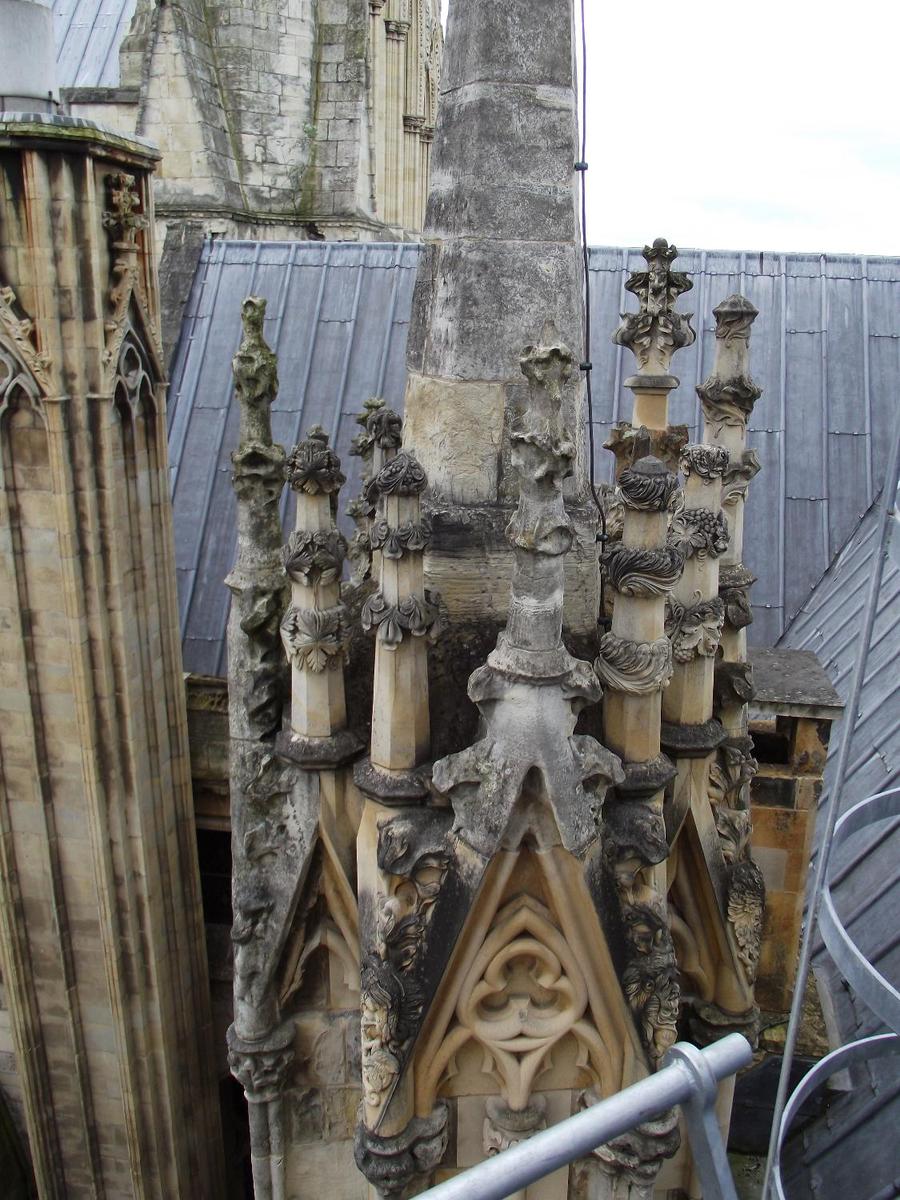
{"ops":[{"insert":"Some of "},{"attributes":{"bold":true},"insert":"York Minster's decorative roof finials"},{"insert":" show severe weathering, as well as areas where restoration has taken place.\n"}]}
-
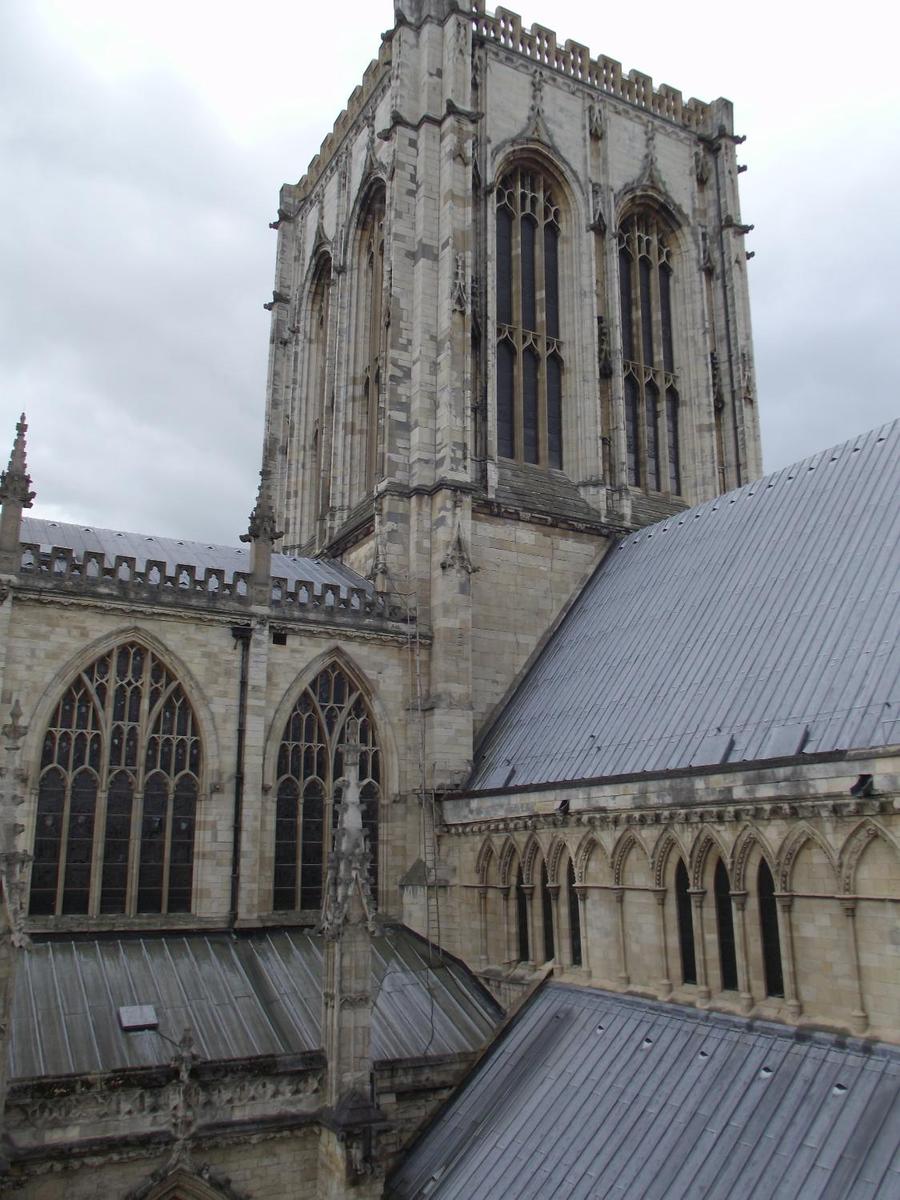
{"ops":[{"insert":"A view across some of the "},{"attributes":{"bold":true},"insert":"York Minster roofs"},{"insert":".\n"}]}
-
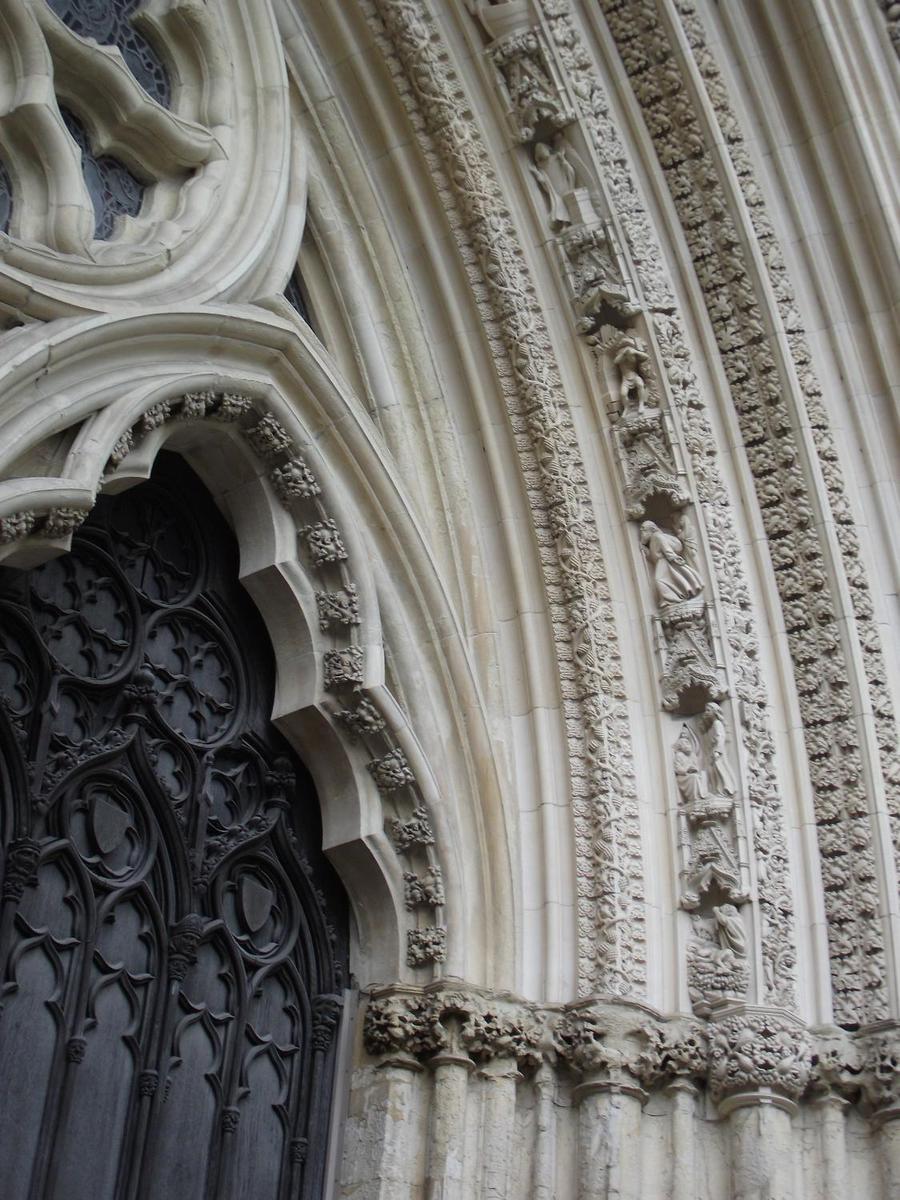
A close up of one of the York Minster entrances highlighting some of the replacement carvings installed as part of the restoration effort.
-
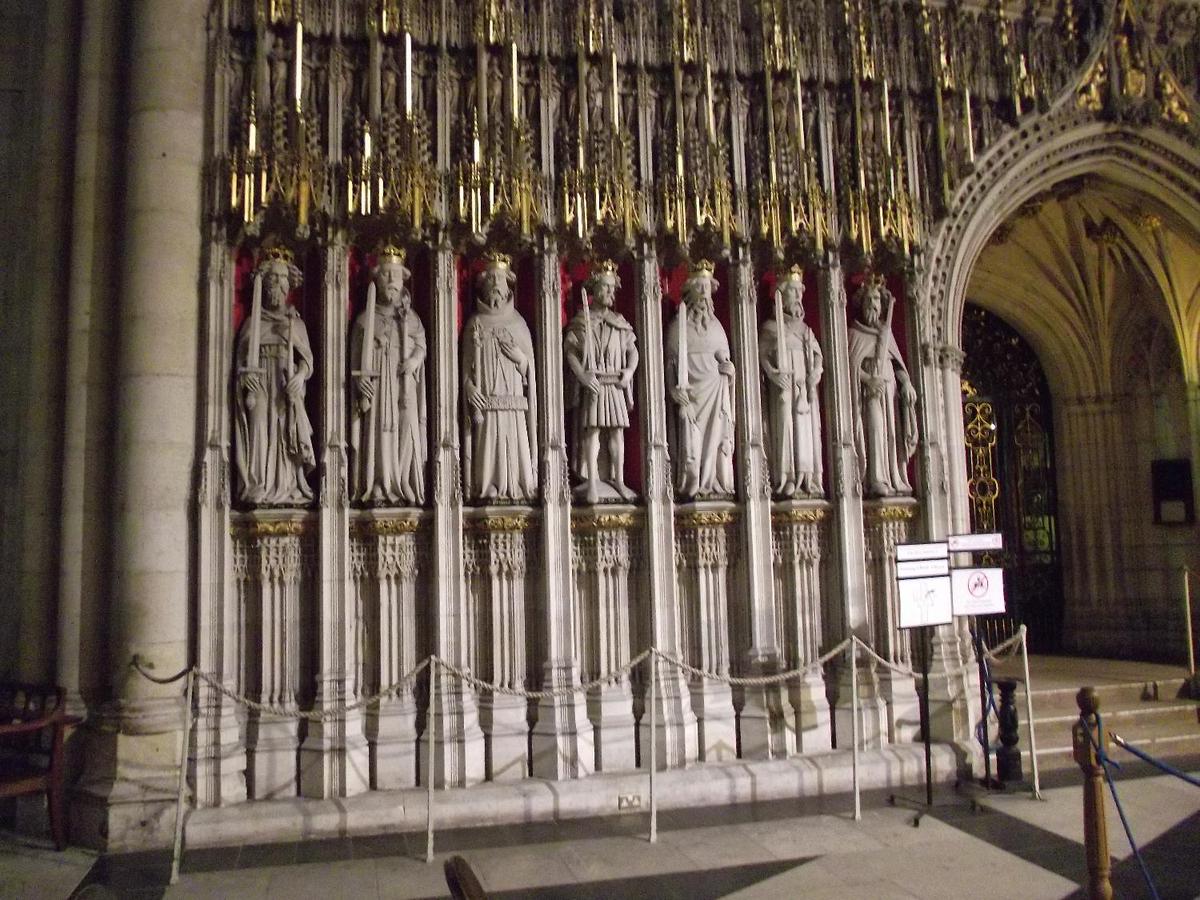
A portion of the choir screen in York Minster shows carvings of many of England's early kings.
-
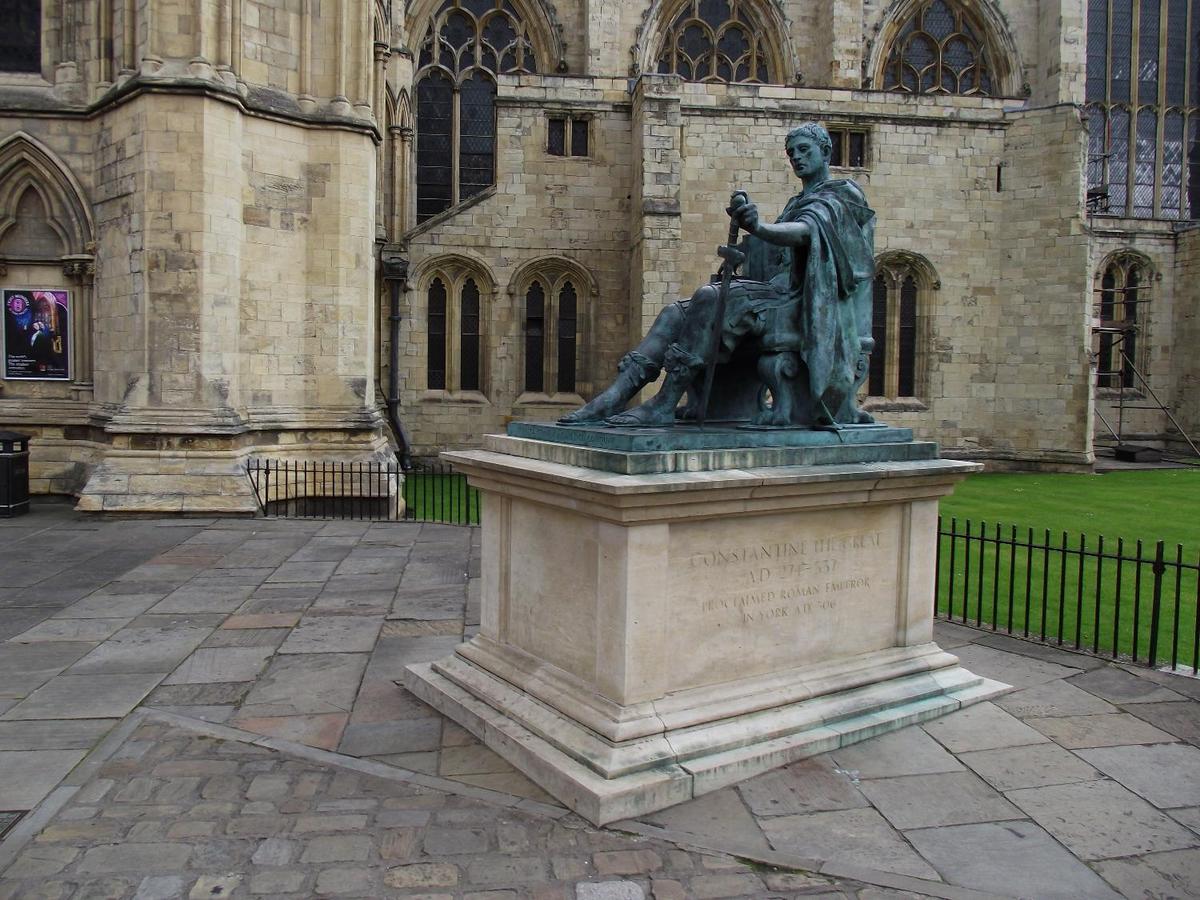
Statue of Roman Emperor Constantine at the south transept of York Minster. This is near the spot where Constantine was proclaimed Augustus (i.e., co-emperor) in 306 A.D. by his troops. Following a six-year civil war, Constantine became sole emperor and allowed religious freedom throughout the empire. His Edict proved a turning point for the spread of the Christian Church.
-
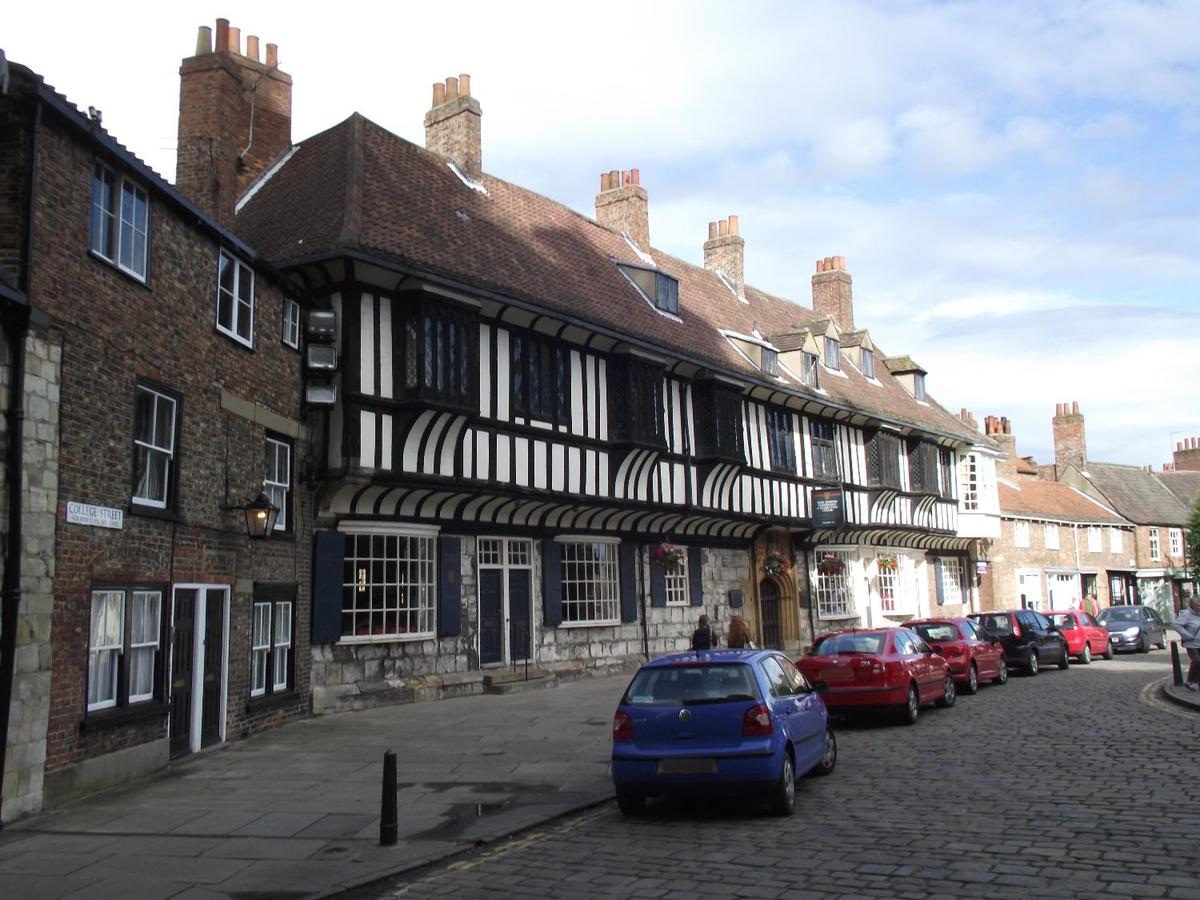
St. William's College, adjacent to York Minster, serves as a convention and meeting center for the cathedral.
-
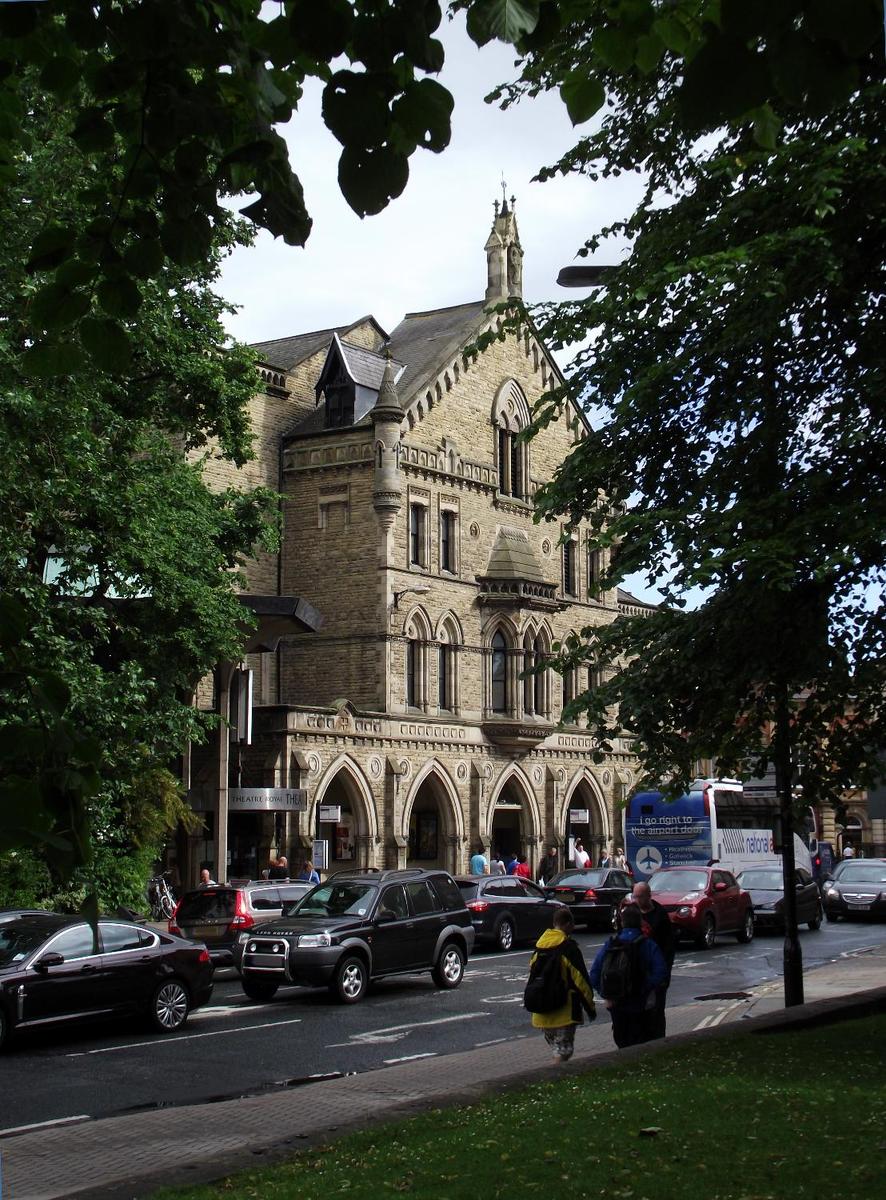
{"ops":[{"insert":"The "},{"attributes":{"bold":true},"insert":"Theatre Royal"},{"insert":" in "},{"attributes":{"bold":true},"insert":"York "},{"insert":"dates dates back to "},{"attributes":{"bold":true},"insert":"1744"},{"insert":"; it sits on the site of the medieval St. Leonard's Hospital. Parts of the old hospital can still be seen in the archways and walls. Under the stage is a "},{"attributes":{"bold":true},"insert":"well "},{"insert":"that is believed to date back to the "},{"attributes":{"bold":true},"insert":"Roman era"},{"insert":" in York's history.\n"}]}
-
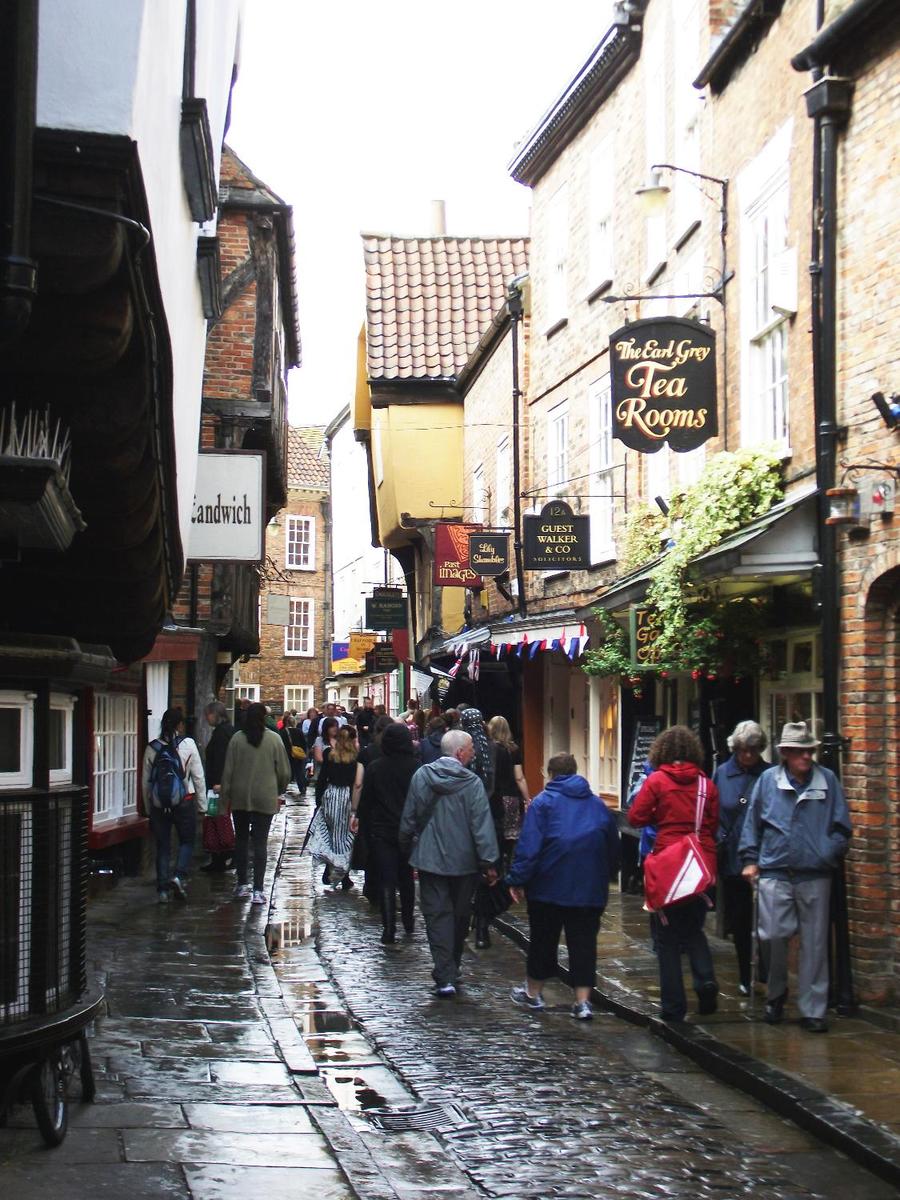
{"ops":[{"insert":"The "},{"attributes":{"bold":true},"insert":"Shambles"},{"insert":", formerly an "},{"attributes":{"italic":true},"insert":"open-air meat market"},{"insert":" in "},{"attributes":{"bold":true},"insert":"York"},{"insert":", is now a popular tourist destination lined with picturesque shops.\n"}]}
-

{"ops":[{"insert":"Wildflowers growing atop a wall in "},{"attributes":{"bold":true},"insert":"York"},{"insert":".\n"}]}
-
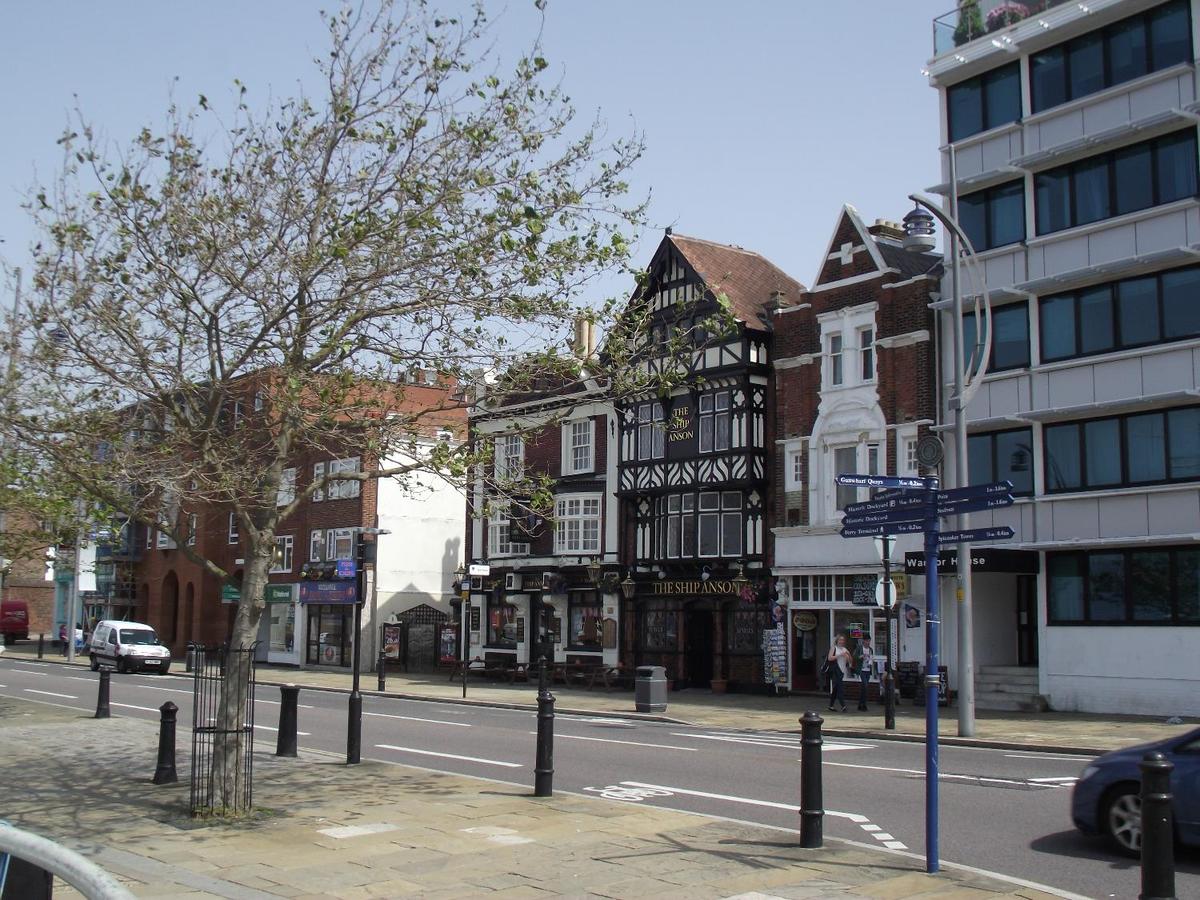
{"ops":[{"insert":"Street scene in "},{"attributes":{"bold":true},"insert":"Portsmouth"},{"insert":", England.\n"}]}
-
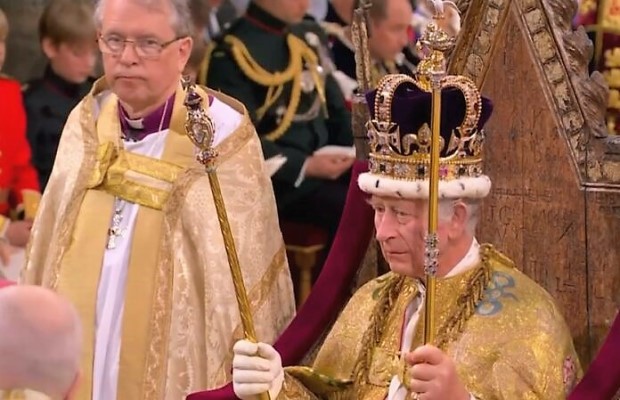
{"ops":[{"insert":"The "},{"attributes":{"bold":true},"insert":"coronation"},{"insert":" of "},{"attributes":{"bold":true},"insert":"Charles III"},{"insert":" and his wife, Camilla, as "},{"attributes":{"bold":true},"insert":"king "},{"insert":"and queen of the "},{"attributes":{"bold":true},"insert":"United Kingdom"},{"insert":" and the other "},{"attributes":{"bold":true},"insert":"Commonwealth realms"},{"insert":", took place on "},{"attributes":{"bold":true},"insert":"6 May 2023"},{"insert":" at Westminster Abbey. Charles acceded to the throne on "},{"attributes":{"bold":true},"insert":"8 September 2022"},{"insert":" upon the death of his mother, "},{"attributes":{"bold":true},"insert":"Elizabeth II"},{"insert":". \n"}]}
keyboard_arrow_up

